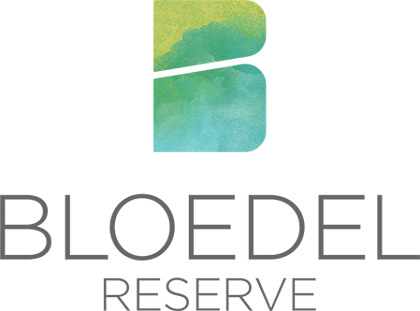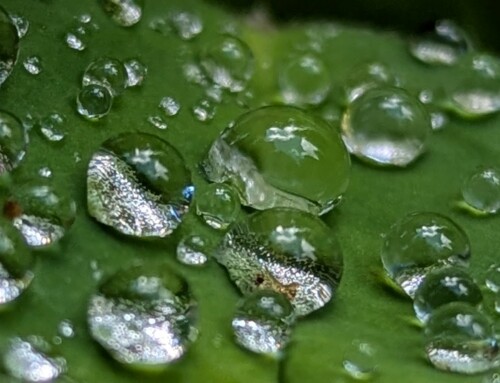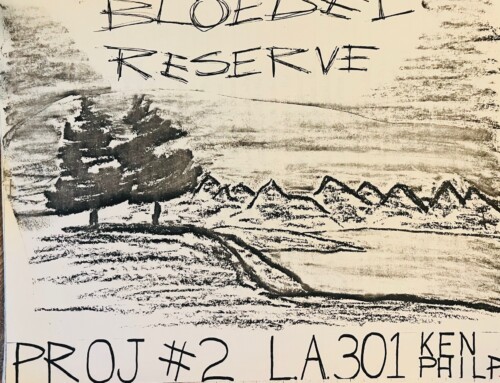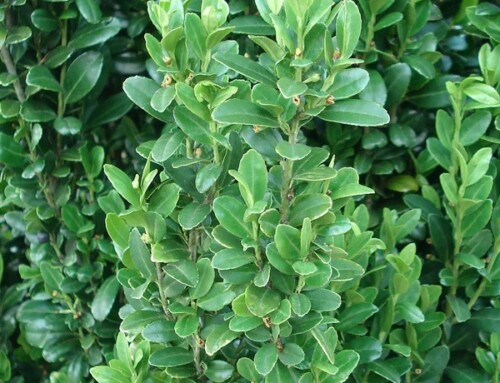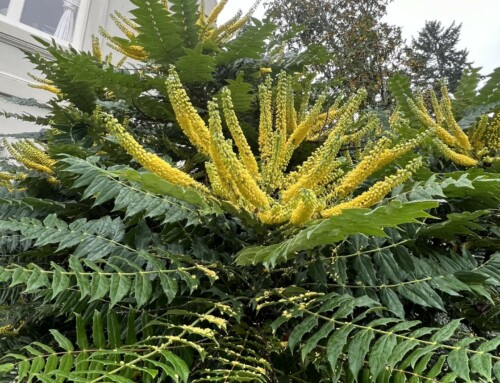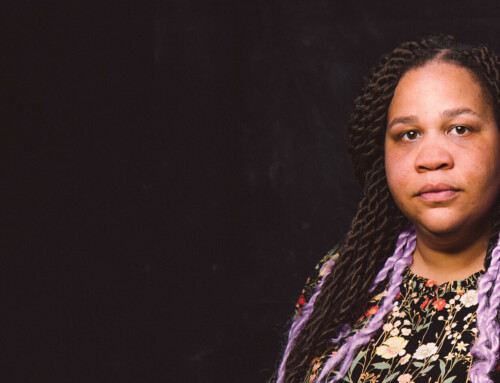In the Shade of Giants: Rediscovering David Douglas and the Roots of Botanical Exploration
A few months ago, I was at a breakfast meeting with one of our Trustee’s, when he asked me to share a bit of my professional history. I described my time working at Harvard University Herbaria, a vast repository of plant specimens for scientific study.
I told him, emphasized in fact, that among other interesting historical treasures that I got to work with collections from the early nineteenth century made by David Douglas, the Scottish horticulturist and botanist for whom Douglas-firs are named. As I finished my story, I noticed a twinkle in his eye. He handed me a gift he had brought: The Collector, a biography of David Douglas. It was one of those coincidences you couldn’t plan if you tried.
If you’ve ever walked the trails at Bloedel Reserve, you’ve been under the shade of a Douglas-fir tree (Pseudotsuga menziesii). With homelands stretching from central California to British Columbia, Doug firs, as they are colloquially known, are a common site in Western Washington. During the Spring, with The Collector sitting on my desk, I visited old growth forests on the Olympic Peninsula and saw Douglas-firs in their true glory. Perhaps a thousand years old or more, and shrouded in thick moss, they were amongst the most impressive trees I’d ever laid eyes on.
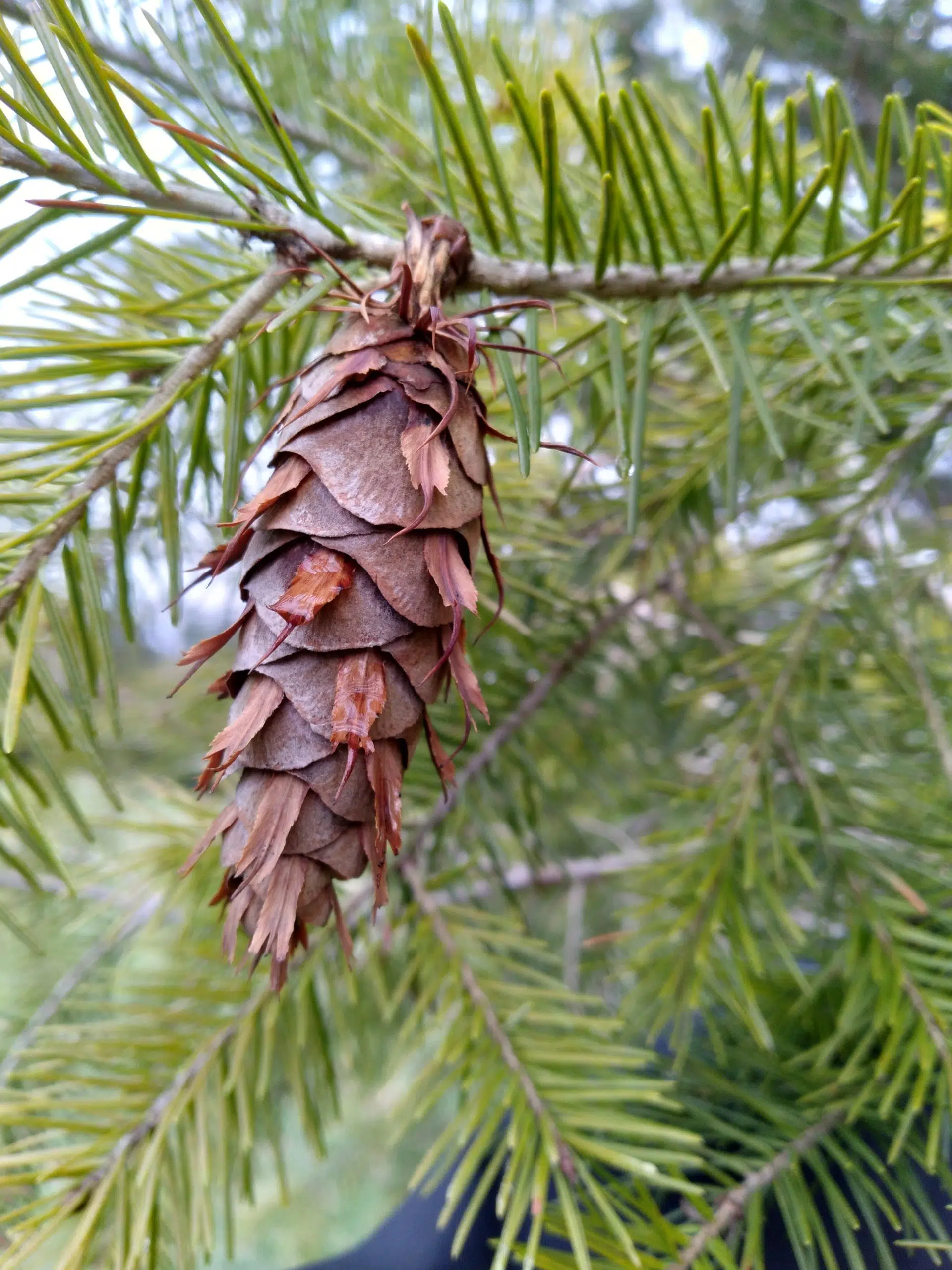 A few weeks after that trip, I made the time to read it. If you are interested in the early colonial era of the American West, in botanical exploration, or rugged adventures on ships, canoes, and foot, I would recommend this book. Working from field journals, letters, and other historical accounts, author Jack Nisbet follows the life of David Douglas (born 1799), from his youth as a horticultural apprentice in Scotland, to his famed trips to the Pacific Northwest and beyond as a collector for the Royal Horticultural Society in London, to his untimely and mysterious demise in Hawaii at the tender age of 35.
A few weeks after that trip, I made the time to read it. If you are interested in the early colonial era of the American West, in botanical exploration, or rugged adventures on ships, canoes, and foot, I would recommend this book. Working from field journals, letters, and other historical accounts, author Jack Nisbet follows the life of David Douglas (born 1799), from his youth as a horticultural apprentice in Scotland, to his famed trips to the Pacific Northwest and beyond as a collector for the Royal Horticultural Society in London, to his untimely and mysterious demise in Hawaii at the tender age of 35.
Douglas was not only a fantastic naturalist, but an excellent horticulturist as well. He developed a reputation for being able to deliver high quality living plant material to the UK, despite the long and arduous paths he travelled. On his first expedition up the Columbia River and into the Northwest, Douglas and his financiers had a specific mission in mind: to bring back living collections of an exotic and highly intriguing understory shrub, known as Salal, to the gardens of London.
Reading about these epic multi year expeditions made me reminiscent of my own collecting adventures. Unlike Douglas, I was aided by GPS units, 4-wheel drive trucks, lightweight tents, grocery stores, coolers, and detailed botanical databases. But a bit of that sprit still prevailed. After several years of failed attempts, when I finally put my hands on seeds of the rare Bristlecone fir in the mountains south of Big Sur, it was a triumphant feeling. I can imagine how he might have felt when finally successful in acquiring one of his long-desired plant collections.
It’s a fun read, and a glimpse into a much different version of the Pacific Northwest, but there’s a lot in the book doesn’t feel great by 2025 standards. His relationship to the Indigenous guides that ushered him deep into the interior of the country was fraught. While there were certainly friendships and genuine connections forged through hard travel in rugged country, there was also a profound naivety at the impending cultural destruction that his presence foreshadowed.
That legacy is recorded in the scientific names of the plants that we still use. Though David Douglas did travel the Northwest and see Doug firs in person, many other plants of the American West are named for his botanical colleagues of the time. These were men who devoted their lives to understanding plant diversity, but may have never stepped foot in the habitats those plants come from. The deeply immersed, firsthand plant knowledge built over millennia by Indigenous people was largely erased from the story during Douglas’ time. Today, many of us in the botanical world seek to restore those connections.
Douglas not only collected plants, but animals too, to be stuffed and taxidermized, and shipped back to the museums of Europe and the East Coast. The book recounts him killing countless animals, many, perhaps most of which, he did not successfully preserve for shipment. While these collections (and attempted collections) were made for the scientific understanding of biodiversity, they do preview the massive loss of wildlife and habitat that occurred between Douglas’ time and ours. To this modern reader, living in an age of extinction, his approach of shooting everything he saw feels rather unsettling.
Douglas was man of his time. He viewed the natural world much differently than we see it today. It was something so vast, so impenetrably thick, that the ways that it has been altered in the past several hundred years may have been unfathomable to him. But putting the heaviness of history aside, I admire his tenacious spirit, his love of adventure, and his singular focus on understanding the natural world. As I walk under the shade of Douglas-firs at Bloedel, I often think about societies understanding of nature. David Douglas saw a world worth exploring. We must now see a world worth healing.
You can find a link to The Collector here, and for those that want to go to the source, the original journals of Doulas are online here.
–Written by Evan Meyer, President & CEO
